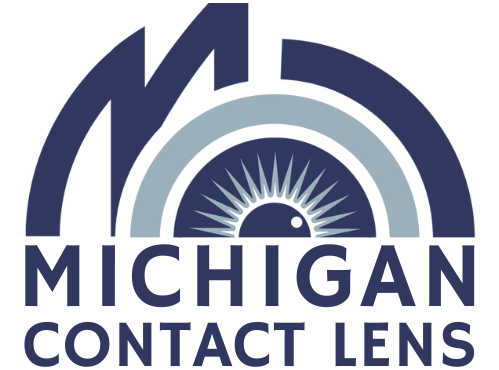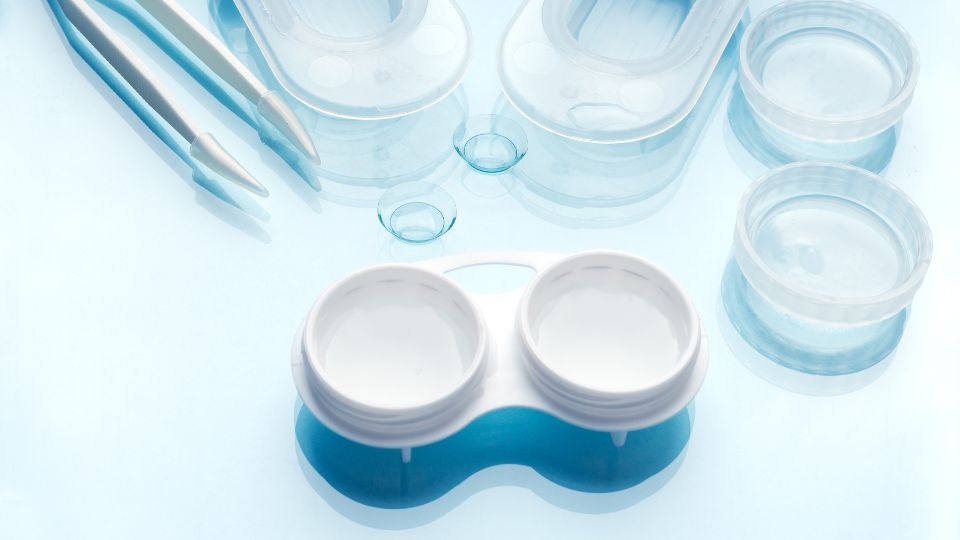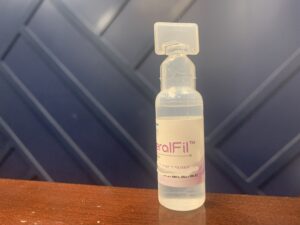$149 Soft Contact Lens Exams By a Specialist
Get the right prescription the first time with our soft contact lens specialist. Every patient gets an immersive exam including a topography and more free trials than you can handle!
Soft Contact Lens Fittings in Michigan
Contact lens fittings are essential for anyone considering wearing contact lenses. These fittings ensure that the lenses fit properly, are comfortable, and provide the best possible vision. In this blog, we will discuss the importance of contact lens fittings, the process of getting fitted for contact lenses, and the various types of contact lenses available.
Why Are Contact Lens Fittings Important?
Contact lens fittings are important because they ensure that the lenses fit properly and are comfortable to wear. Ill-fitting contact lenses can cause a range of problems, including eye irritation, dryness, and redness. In severe cases, ill-fitting contact lenses can even cause corneal abrasions or eye infections. By contrast, properly fitted contact lenses will feel comfortable and provide clear vision.
How Are Contact Lenses Fitted?
The process of getting fitted for contact lenses typically begins with a comprehensive eye exam. During this exam, the optometrist will assess your vision and determine the correct prescription for your contact lenses. They will also measure the curvature of your eyes and assess the size and shape of your pupils to ensure that the lenses fit properly.
After the exam, the optometrist will discuss the various types of contact lenses available and help you choose the best option for your needs. They will consider factors such as your daily activities, lifestyle, and any existing eye conditions. Once you have selected the appropriate contact lenses, the optometrist will provide you with instructions on how to properly care for and wear the lenses.
Types of Contact Lenses
There are many types of contact lenses available, including soft lenses, gas-permeable lenses, and hybrid lenses. Soft lenses are made of a flexible, water-containing material that allows oxygen to pass through to the eye. These lenses are the most popular type and are available in both daily disposable and reusable options. Gas-permeable lenses are made of a rigid, oxygen-permeable material and are often prescribed for people with certain vision conditions. Hybrid lenses combine the benefits of both soft and gas-permeable lenses, with a rigid center and a soft outer skirt.
Contact lens fittings are essential for anyone considering wearing contact lenses. These fittings ensure that the lenses fit properly, are comfortable, and provide the best possible vision. By working with an experienced optometrist and following their instructions, you can enjoy the benefits of contact lenses safely and comfortably.
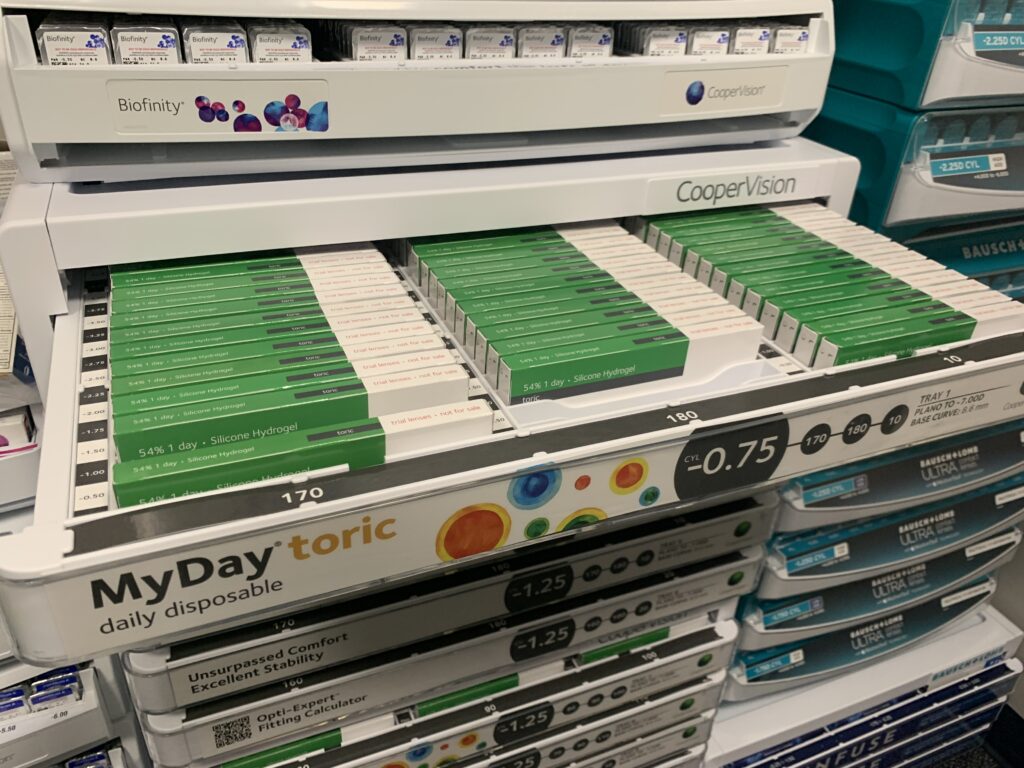
How Michigan Contact Lens Can Help
At Michigan Contact Lens, we offer comprehensive contact lens fittings to ensure that our clients have the best vision possible. Our experienced optometrists will take the time to assess your individual needs and determine the most suitable contact lens type and fit for you.
During the fitting, we will ask you about your daily activities and lifestyle to determine the most appropriate contact lens material and design. We will then measure the curvature of your eyes and assess the size and shape of your pupils to ensure that the lenses fit comfortably and securely.
Our team will provide you with thorough instructions on how to properly care for and wear your contact lenses, as well as how to identify and address any potential problems that may arise. We are dedicated to providing our clients with the highest level of care and service, and we will work with you to ensure that you are completely satisfied with your contact lens experience. So, if you are interested in trying contact lenses or need to update your current prescription, please don’t hesitate to contact us to schedule a fitting.
How We Fit Contact Lenses
Evaluation of cornea
One of these assessments is the evaluation of the cornea. The cornea is the clear, dome-shaped surface of the eye that helps to focus light and images onto the retina. During the fitting, our optometrists will use specialized equipment to measure the curvature of the cornea and ensure that the contact lenses fit properly.
Evaluation of the tear film
We also evaluate the tear film during the fitting process. The tear film is a thin layer of tears that coats the surface of the eye and helps to keep it moist and comfortable. If there are any problems with the tear film, it can lead to dryness and discomfort when wearing contact lenses. Our optometrists will assess the health and function of the tear film to ensure that the contact lenses fit comfortably.
Pupil
Finally, we assess the size and shape of the pupil during the fitting process. The pupil is the small, circular opening in the center of the iris (the colored part of the eye) that controls the amount of light that enters the eye. The size and shape of the pupil can affect the way that contact lenses fit and perform, so it is important to take these factors into account.
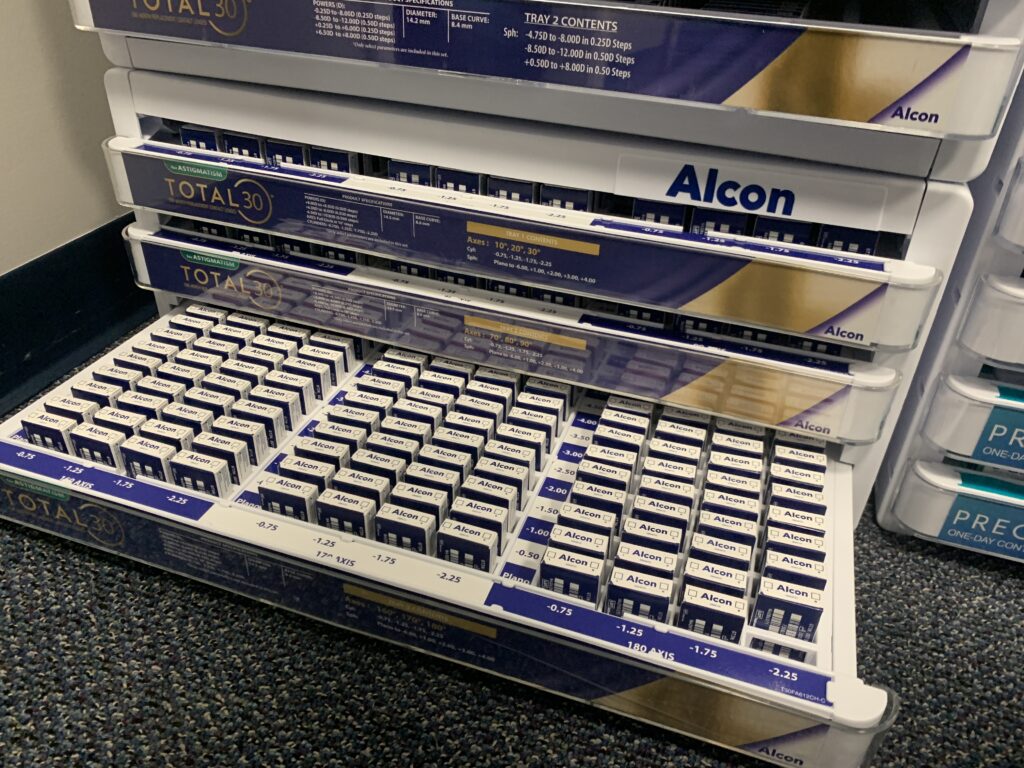
Three Steps to Healthy, Comfortable Contact Lens Wear
- Clean and disinfect your contact lenses regularly. It’s important to properly clean and disinfect your contact lenses to reduce the risk of infection and irritation. Follow the instructions provided by your eye care provider and use the recommended cleaning solutions.
- Replace your contact lenses as directed. Different types of contact lenses have different replacement schedules. For example, daily disposable contact lenses should be thrown away after a single use, while other types of contact lenses may be worn for a week or a month before being replaced. It’s important to follow the replacement schedule recommended by your eye care provider to ensure the health and comfort of your eyes.
- Follow proper lens insertion and removal techniques. Proper insertion and removal of your contact lenses can help prevent damage to the lenses and reduce the risk of eye irritation. Be sure to wash your hands thoroughly before handling your lenses, and follow the instructions provided by your eye care provider for inserting and removing your lenses. If you have any difficulty with lens insertion or removal, or if you experience discomfort or other issues with your contact lenses, be sure to consult with your eye care provider.
Contact Lens Insertion Tips
Watch this excellent video with some helpful tips to ensure you won’t have any issues when inserting your contact lenses.
